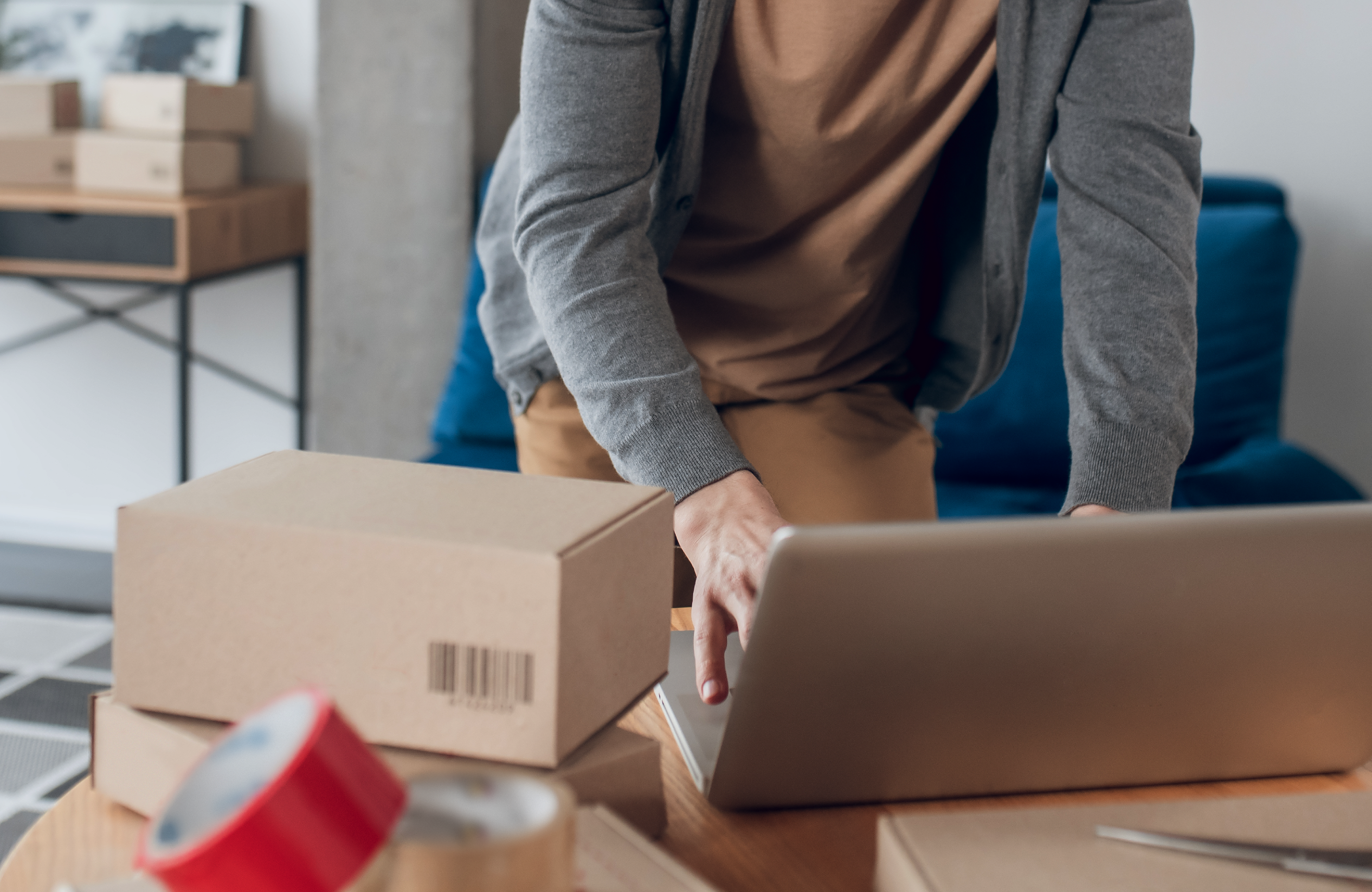The rapid growth of e-commerce has fundamentally transformed the landscape of last-mile delivery. As consumers increasingly turn to online shopping for convenience and variety, the demand for efficient and reliable delivery services has skyrocketed. Let’s delve into how this e-commerce boom has reshaped last-mile delivery logistics.
The E-commerce Explosion
1. Changing Consumer Behavior
The convenience of online shopping has led to a significant shift in consumer behavior. Customers now expect a seamless shopping experience, from browsing products online to receiving their orders at their doorstep. This shift has put immense pressure on delivery companies to meet rising expectations.
2. Increased Order Volumes
The sheer volume of orders generated by e-commerce platforms has overwhelmed traditional delivery networks. Companies are now handling millions of packages daily, necessitating innovative solutions to manage this surge efficiently.
Challenges in Last Mile Delivery
1. Speed and Efficiency
One of the primary challenges posed by e-commerce growth is the need for speed. Consumers often expect same-day or next-day delivery, pushing companies to optimize their delivery processes. Achieving this level of speed while maintaining efficiency is a complex logistical challenge.
2. Addressing Delivery Failures
Missed deliveries and failed attempts are common issues in last-mile delivery. With more people shopping online, ensuring successful deliveries has become more critical than ever. Companies are exploring various strategies, such as flexible delivery windows and alternative delivery locations, to minimize these failures.
3. Urban Congestion
Urban areas, with their high population density and traffic congestion, present unique challenges for last-mile delivery. Navigating crowded streets and finding parking can significantly delay deliveries. Innovative solutions like bike couriers and micro-distribution centers are being employed to mitigate these issues.
Innovative Solutions
1. Micro-fulfillment Centers
To meet the demand for faster deliveries, companies are establishing micro-fulfillment centers in urban areas. These smaller distribution hubs bring products closer to the end customer, reducing delivery times and enhancing efficiency.
2. Crowdsourced Delivery
Crowdsourced delivery models, where independent contractors deliver packages using their vehicles, have gained popularity. Platforms like Uber and Postmates are leveraging their existing networks to provide flexible and scalable delivery solutions.
3. Advanced Technology
Technology plays a crucial role in optimizing last-mile delivery. Route optimization software, real-time tracking, and automated sorting systems are helping companies streamline their operations and meet consumer demands more effectively.
The Road Ahead
The impact of e-commerce growth on last-mile delivery is profound and ongoing. As online shopping continues to flourish, delivery companies will need to adapt and innovate to stay competitive. Embracing emerging technologies, optimizing logistics, and prioritizing customer satisfaction will be key to navigating this ever-evolving landscape.
The e-commerce boom has undoubtedly reshaped last-mile delivery, presenting both challenges and opportunities. By embracing innovation and staying attuned to consumer needs, delivery companies can continue to thrive in this dynamic environment.

